"My advice: Instead of suffering to breathe, My name is Matthew Busch, I'm 33 years-old, and I'm from Georgia in the United States. I have Duchenne Muscular Dystrophy (DMD), and my condition causes muscle weakness throughout my body. I can only breathe on my own for about five minutes, as of the last three years. I need help getting bathed, fed, and dressed and need someone with me at all times. I get depressed and annoyed because of the things I can no longer do. However, I was always taught to never give up and to keep going. I have outlived the age the doctor said I would and have persevered through many obstacles. I got a tracheostomy (trach tube) and went on a ventilator in 2009, when I was 21. I did it as a precaution, just in case I got pneumonia or had a breathing emergency. At age 26, I still only used the ventilator at night. Then, I started noticing I was having more problems breathing during the day. I was breathing heavily for a year and suffering while staying off the ventilator. I didn't want to go on it full time; I was in denial. A year later, I finally told myself, “It’s time to just suck it up and go on the ventilator full time!” I have been using the ventilator for 12 years and have been on it full time for 6 years. My advice: Instead of suffering to breathe, just go on the ventilator. In my free time I like to play video games, go outside, and I love watching sports. Occasionally, I write songs. I tried going to college but decided that with everything going on with my condition, it wasn't for me. If you want to attend college, at least give it a try. Just because it wasn't for me doesn't mean it's not for you. Invasive ventilation has helped me to breathe, but it is a burden because I can never be left alone. Also, I can't talk while I’m on the ventilator. (Some can talk on a ventilator, but some can't.) This means I can't hang out with friends or go anywhere without someone who knows my ventilator and related care. I take my mom everywhere I go. I’m just glad I have a mom who can take care of me and has always been there. She can also read my lips. Some additional advice:
If you have any questions or need further invasive ventilation advice, feel free to reach out to Breathe with MD, Inc. via [email protected] and ask them to put you in touch with me. They have my permission to share my email address. Editor's Note:
Each individual who allows Breathe with MD, Inc. to publish their story on this page in 2021 will be entered into a random drawing at the end of the year to win a $100 Amazon gift card! So, what is your story? Start the process of telling us at https://breathewithmd.org/storyform.html or send an email to [email protected] and we will be in touch. We have volunteers who are experienced writers available to interview you and write your “Living Ventilated” story for you, if you prefer. Don’t delay this opportunity; you never know who may need your story as their “guidebook” for their own mechanical ventilation journey. “I wanted to share my story to show that not everything is "sunshine and rainbows" when you must rely upon a machine to breathe."  My name is Rachel, and I live in Chicago. I chose to move to Chicago from my small home town in Illinois because the idea of big city living intrigued me. I wanted to blend-in and have more opportunities for employment and socializing. I currently have a roommate, who is a friend I’ve known for a while, and we rent an apartment in the downtown area. We also live with my dog and cat, both of whom I adopted after moving here. I enjoy online gaming, true crime and medical television shows, as well as, just going out with friends and family in my free time. I live with a neuromuscular disorder called RYR-1 Myopathy. It is very rare and affects all of my muscles. It seems to be slightly progressive as I age, too. More information about this form of congenital myopathy can be found at http://www.ryr1.org. RYR-1 causes massive fatigue or what I call "global fatigue" in every muscle of my body. The more I do, the more fatigued I become. Despite this, I completed a Master's degree in Rehabilitation Counseling and now work in social services full-time from home. Although I was born with this condition, my family and I didn’t discover that my breathing was becoming affected until later in childhood when I started having symptoms of carbon dioxide toxicity. Back in the 1990s, my breathing issues were treated with oxygen and then a Bi-level Positive Airway Pressure (BPAP) machine. I then developed scoliosis, a sideways curvature and rotation of the spine, which caused my spine to crush my lung, making breathing much more shallow and labored. I was hospitalized with carbon dioxide toxicity roughly three times before spinal fusion surgery could occur to help straighten my spine. Following that surgery, I ended-up coding with respiratory failure because my breathing was so shallow due to postoperative pain. Then, just five days later, my medical team said that I required a tracheostomy and ventilator to stay alive. I was 15 at the time and it definitely changed my life forever. I use the LTV 1150 ventilator for positive pressure breathing support and I have needed it for roughly 20 years. I use it 24/7, although I am not completely vent dependent. The main benefit of the trach and vent is that it treats CO2 retention, but the challenges it causes are enormous for me. One challenge is that a tracheostomy can cause mucus plugs that, if not suctioned or coughed out, can block my airway and cause respiratory distress or respiratory failure that results in death. Another challenge is suctioning the tracheostomy. My cough isn't very productive so I need to stick a hard plastic tube, called a suction catheter, into the hole in my neck (the tracheostomy) and that tube is attached to a suction machine which feels, and works, like a vacuum. I have not only gotten the mucus out, but also blood and tracheal lining. Needless to say, it can be quite painful. Assisted ventilation via tracheostomy has been a HUGE burden in my life. Literally the biggest issue is finding reliable help for my care, which might seem surprising since I need a trach and vent to survive and should qualify for help through state programs. What most people don't know is that the state I live in will cut nursing care for a disabled person in need, like me, once that client turns 21. This means people like me have to essentially hire a stranger off the street to provide nursing-level care in the home. While some care aides that I’ve hired to help me have been amazing, reliability has continued to be a big issue, which means that if my aide does not show up, I will not get the help I require for basic living activities. Literally every day I wonder if people will show up to help me; it’s a constant worry. Every day I also wonder how I will live through a problem that may arise with my ventilator while I am alone. After all, it is a machine that can fail like any other. The stress can be overwhelming. The only way assisted ventilation has improved my life is that I was able to resolve the carbon dioxide build-up, which means I am still alive today. Finding an employer to hire me was insanely difficult because I need an aide, a wheelchair, a trach, and a ventilator. I found that employers see me as a liability and they will openly discriminate. I have had Human Resources (HR) professionals tell me to my face that they will not hire me due to my medical needs. I never had a "real" job until this January of 2021 even though I finished my Master’s degree back in 2011; ten years ago. It took that long for an employer to choose me for the job I am qualified to do. I want people to know that workplace discrimination still happens despite the ADA, and with a breathing issue that requires a trach tube, it is almost guaranteed, in my experience. I want people like me to realize that any type of employment is going to be an uphill battle and a fight for what they need. I feel like I lost a lot by taking this job while also gaining private health insurance and a paycheck. I work from home now due to COVID-19, but soon will be asked to work in the office. The logistics of that include finding a reliable aide that I would have to pay using my earnings, so I essentially will hand my paycheck over to someone else who is there to ensure my basic needs are handled during the work day. I wanted to share my story to show that not everything is "sunshine and rainbows" when you must rely upon a machine to breathe. I want others to know that needing assisted ventilation can be a huge burden and is not just a "wonderful thing." I think those of us using assisted ventilation should share our stories so that others can see our different perspectives. My advice to anyone facing breathing impairment would be to "be ready." Be ready for health insurance companies to deny the supplies you need. Be ready for caregivers that you hire to not show-up, not call, and even steal from you. Be ready for discrimination from the general public, and from employers in particular. I wish someone had told me what it’s like, including the hard truths, as it would have saved me so much hurt since I could have been better prepared for what I’ve had to face.
I am a realist who understands that the challenges will keep coming, and I know I’ll have to always be ready. "There were days that I felt so sad for what I had lost- my job, my strength, my independence, and even the basic joy of being able to taste food. Other days, I just tried to keep focused on one goal at a time." ---Stephanie Colorado My name is Stephanie Colorado, I am 43 years old, and I live in Central Virginia. My older sister Aileen and I were diagnosed with Muscular Dystrophy at birth. Her form of Muscular Dystrophy seemed to be different from mine because she had more muscle weakness. She had difficulty holding up her head and sitting up without support in elementary school, while I still had those abilities up until middle school. By our twenties, we both were working full time jobs. Aileen worked in public relations for the state’s Department of Aging and Rehabilitative Services, and I completed my Master’s degree in social work and got a job as a social worker on the Spinal Cord Injury & Disorders Unit at a Veterans Administration (VA) hospital. Our breathing issues really changed when we were in our mid-thirties. My sister would complain of headaches in the morning, and she was losing weight. We would send her to work with peanut butter crackers and have her eat snacks often, but she still lost weight. I now realize her symptoms were likely related to underventilation. In May of 2011, my sister got pneumonia and passed away in the hospital. The following year, I was admitted for pneumonia and was later placed on the ventilator (vent) with a tracheostomy and got a PEG tube (percutaneous endoscopic gastrostomy). Having worked in a hospital with a few vent patients, I had some knowledge about what to expect. My treatment team was not very helpful, so I basically came up with my own treatment plan. I knew about Passy Muir speaking valves, so I asked the speech therapist to get one to make talking easier. At first, she told me that one did not exist, but I told her to “Google it,” because I knew it existed. I also asked for hand putty that I could squeeze while lying in bed, so I could retain some hand muscle strength. I told the physical therapist I wanted to start a plan to work towards sitting in my wheelchair longer, and I asked for a swallow study to check my ability to eat. Unfortunately, the swallow study evaluation showed I had too many secretions and that my swallow was too weak to eat. After a couple of months in the hospital, I was finally able to go home. My transition to my “new normal” took a long time. There were days that I felt so sad for what I had lost- my job, my strength, my independence, and even the basic joy of being able to taste food. Other days, I just tried to keep focused on one goal at a time. My first goal was to get into a daily vent care routine with my parents and my aide. There were a lot of supplies to keep track of, remembering the steps for cleaning and changing the trach tube, and getting to know the different beeps and alarms of my vent. Keeping a binder of my schedule, supplies, medication, and vent settings was really helpful in keeping us organized. We also turned my bathroom closet into my storage area for my main supplies, for easy reach. My second goal was to be able to eat something. I asked my primary doctor to put in a consult for speech therapy. I saw the therapist twice a week, doing exercises to build up my tongue and swallowing muscles. Every couple of months, the therapist did modified barium swallow tests to check my swallowing abilities, and she cleared me to thickened liquids, then soft foods, and then eventually solid foods! The whole process took over a year and a half, but it was so worth it. My third goal was to be able to go shopping or to the movies. Venturing outside became a little more complicated than just hopping into the van. I had to test how long I could tolerate being off my vent’s humidifier without feeling so dry. For me, my limit was about three to four hours. I also noticed that my tolerance also depended on the weather. Rainy weather made me get more secretions, and cold weather made me feel too dry. For longer trips, we used a mic (microphone) stand as the IV and humidifier stand, so I could humidify in the van. This was a total game-changer so we didn’t have to worry about my getting dry. I trained a couple of friends on how to trach suction me, if I ever needed it, and they all learned how to change my vent battery and connect me to the humidifier. We even talked about filming a video on how to do these things, if ever I need to show someone else how to do it, in case I was unable to talk. Although being on a vent can be a pain because there is more preparation to go anywhere, I know it has saved my life. Before the vent, I would get bronchitis every other year, and I was always tired. I thought it was just the stress of my full time job, but looking back, it was a culmination of stress, lack of sleep, and just trying to breathe. Currently, I am working a part time job from home as a team lead for a company called, “JLodge.” This involves managing a team of 11 quality analysts who analyze recorded customer service calls. I meet with analysts virtually over video conference to discuss their work, and I also teach training classes weekly with my team. Outside of work, I manage a nonprofit organization called, “Colorado Fund for Muscular Dystrophy,” in memory of my sister Aileen. We raise funds to provide grants to individuals living with Muscular Dystrophy or other neuromuscular conditions to help them purchase equipment or services that can increase their quality of life. The maximum grant amount we offer is $1,000, payable directly to the business providing the equipment or services. To date, we have awarded 13 grants to individuals across the United States. For more information about the grant, please see https://www.coloradofmd.org/grants/. I have learned a lot about myself over the past couple of years of being on a vent, but most of all, I’ve learned about resilience, thinking outside of the box to problem solve, and making my health a priority. Editor's Note:
Each individual who allows Breathe with MD, Inc. to publish their story on this page in 2021 will be entered into a random drawing at the end of the year to win a $100 Amazon gift card! So, what is your story? Start the process of telling us at https://breathewithmd.org/storyform.html or send an email to [email protected]. "I can’t tell you what changed this time -- it could have been the fact that I am now 24 and not a stubborn teenager, finding a mask that works for me, my recent concerns about my physical health, or all of the above." - Sam Jacobson My name is Sam Jacobson, and I live in northern Illinois. I am a 24-year-old somewhat recent graduate, trying to navigate the world while living with a neuromuscular condition called Nemaline Myopathy, a form of Congenital Myopathy (CM). I have relatively mild CM, so much so that some people aren’t sure that I have a disability. My health was pretty stable until age 13, when a growth spurt resulted in rapid-onset, severe scoliosis, a sideways curvature of the spine. Within a month or so of the diagnosis, I underwent spinal fusion surgery to correct my scoliosis. I grew three inches overnight! I now stand at a whopping 4 feet and 9 inches. The immediate aftermath of the operation was difficult, and I experienced a partial lung collapse (atelectasis) due to the impact of anesthesia on my weak lungs. The complications left me in the ICU for about one week, and alerted my team of specialists to address my respiratory weakness. Until somewhat recently, I desperately wanted to appear ‘normal’ and vehemently denied that I needed certain medical treatments (what I call internalized ableism). So, when my pulmonary specialist ordered a sleep study and told me I would probably need to start using a BiPAP machine when I was 14, I was horrified. I smiled and nodded along to what he was telling me, all while my stubborn 14-year-old brain knew I was not going to be wearing that huge mask to sleep. How would I explain this to my middle school peers? How would I attend sleepovers? Would I have to bring it with me everywhere? I brought the thing home and looked at it with disgust. It didn’t work for me. I swore I tried to make it work, but every night the mask would leak and pockets of air would hit me in the eye, or would make hissing noises that prevented me from falling asleep. And, of course, I used this as an excuse to deem the thing “impossible.” Instead of going back to my physician, trying a new mask, different pressures, or anything, I threw it in my closet and closed the doors. I was done with it. The answers to how long I’ve needed assisted ventilation and how long I’ve actually used it are quite different. As stated, it took me several tries to make it work. There are about 10 years between my first try and now. Since getting a new bi-level breathing machine and mask just last October, I’ve not gone a night without it. I can’t tell you what changed this time -- it could have been the fact that I am now 24 and not a stubborn teenager, finding a mask that works for me, my recent concerns about my physical health, or all of the above. I will not lie and say that using my BiPAP machine and keeping up with its maintenance are always my favorite things in the world. I used to be a big fan of the accidental nap, which is harder to do now that I have to set up my BiPAP and wear it every time I sleep. I groan when I pack up to spend the weekend at my boyfriend’s house when I remember that I have to pack a cumbersome machine, plus a container of distilled water, mask wipes, and any of its other accessories. However, since finding what worked for me, I experience fewer headaches, less daytime tiredness, and an overall increase in my quality of life. In 2019 I graduated with a Bachelor of Arts from a tiny school in Illinois called Knox College, where I majored in Philosophy. Right now, I am finding my way and considering the many paths in front of me. I am working from home full-time, considering moving to Milwaukee, WI with a few friends, and thinking about the potential of graduate school to further my education. Since addressing my respiratory concerns, I’ve felt a renewed sense of confidence in my ability to tackle these endeavors such as finding a fulfilling career path and living independently. As a journalist in college, I had the privilege of starting a campus-wide conversation about disability and the inaccessibility of our campus. I feel strongly about meeting and connecting with other disabled people, especially youth, who are struggling to accept themselves and their disabilities. I think it’s important for young disabled people to see others in the world who look like them, have similar experiences as them, and who understand the trials and tribulations that come with having a disability. I want to help disabled youth navigate the social aspects being disabled, such as how to date, how to recognize when someone is treating them negatively because of the disability, and how to find a career while disabled. Editor's Note:
Each individual who allows Breathe with MD, Inc. to publish their story on this page in 2021 will be entered into a drawing at the end of the year to win a $100 Amazon gift card! So, what is your story? Start the process of telling us at https://breathewithmd.org/storyform.html or send an email to [email protected]. "It definitely took some time to get adjusted to having it, but it was the right and safest choice for me." - Lena Jackson My name is Lena Jackson, and I live in Virginia. I am a wife of 13 years and mother of two creative children, (a 19 year-old daughter and a 12 year-old son). I am living with Limb Girdle Muscular Dystrophy (LGMD), subtype 2J (Titinopathy). It was a late onset disease for me. My neuromuscular journey began in 2006, and my life has changed dramatically and slowly since then. I first noticed weakness in my legs, then my arms. I had my fair share of trips and stumbles which then turned into falls. My breathing and my heart have also been affected by the condition. I was first diagnosed with sleep apnea after having a sleep study, and I was always tired during the daytime. The more pulmonary function tests I took, the worse my numbers got. After I had my son, my second child, I used my bibap more during the day as needed. Losing the ability to walk was so frustrating as I really didn't like getting pushed around in a wheelchair. I didn't like relying on others to get around. Once I realized how hard my heart was pumping and how low my Oxygen dropped each time I walked, it made more sense to use my wheelchair. When I received my power wheelchair, my life changed tremendously. I gained such a sense of independence and freedom. I love being able to move myself and feel the breeze on my face. When I was prescribed the Trilogy ventilator, I was set up with a “sip/puff exercise mode” (Mouthpiece/MPV mode), and a second prescription was enabled in bipap mode. In 2016, I chose to get a tracheostomy to prevent an emergency situation, if I became ill in the future. It was a decision that was not made lightly. I understood my cough was so weak that I was no longer able to clear my throat. My Carbon Dioxide levels were consistently in the seventies. In 2019, I was admitted to the hospital with a mucus plug I couldn't clear even with suction and had swollen legs and feet. After almost two months in the hospital, I was ready to go home to my family. After being discharged from my longest hospital stay in 2020, I decided I wanted to do more! Through determination and Zoom meetings, I have become an advocate for my health, my community, and my family. I was so weak, but with my faith and determination, I began exercising. I also decided to get involved with anything that interested me. I will celebrate my five-year trach anniversary in July 2021. It definitely took some time to get adjusted to having it, but it was the right and safest choice for me. Today, my Carbon Dioxide levels are in the mid-thirties, and I no longer have the fear of choking. I can participate more with my family and enjoy life more fully.
I love dancing in my power wheelchair and taking st"rolls" around the apartment complex. I joined the My Peak Challenge program which encourages me to eat healthier and keep moving. I also enjoy painting with watercolors and attending weekly art classes with Society X. I love learning, meeting new people, and attending Zoom meetings about topics I feel passionate about. I volunteered to text voters during the last presidential election, and I constantly share on social media to promote social change. One of my biggest achievements during the past year is becoming involved in the Northeast Chesterfield Community social group. I help research topics and contact potential speakers for our bi-weekly meetings. I encourage others with NMD to do your research, join Facebook groups related to your specific condition, and ask tons of questions. It can be frightening at first, especially if you don't know what to expect. We are a community of problem solvers and are up for a challenge! So many are reflecting on where they are "one year later" after the one year anniversary of the start of the COVID-19 pandemic. We know everyone has had a different experience, and it was not an easy year for anyone. Some of our Breathe with MD community members shared their own positive reflections.
Feel free to comment and share your own "one year later" reflection.
"It might be difficult at first – all things new and different are. The newfound energy and zest for life that you will get will be worth it." My name is Rebecca Evans, I am 23-years-old and I live in Perth, Western Australia. I was born with a rare neuromuscular condition called Nemaline Myopathy (NM). For me, my disability results in globalised skeletal muscle weakness, but particularly affects my face, neck and proximal muscles – including those of the respiratory system. My hypotonia was evident from birth but was often blamed on other factors. My weak suck was attributed to being born six weeks premature, and my parents were once told my lack of independent movement was due to being a twin – “they don’t need to move!” Two (often) tell-tale signs of NM are having an elongated face and high roof to the mouth. However, two and two weren’t put together, resulting in a delayed diagnosis. It wasn’t until an experienced neurologist saw me at 18 months that I was given a provisional diagnosis of NM. This was later confirmed through muscle biopsy at three years of age and identified as the NEB form of NM through genetic testing at age 16. Due to this delayed diagnosis, I did not have a sleep study until I was three. This was when it was discovered that during sleep, my carbon dioxide levels rose to dangerously high levels. It was here that I was placed on a non-invasive ventilator, or Bi-PAP, overnight. I will always remember many years later, my mum recounting that before being placed on Bi-PAP my twin and I were very placid, easy kids. As a baby I would sleep through the night (likely because I was going into respiratory failure every night). Now that we had energy, we suddenly started having instances of fighting and causing trouble. Mum (sarcastically) wanted those ventilators taken back! Over time my lung function has decreased, and this has resulted in increased use of ventilation. Although NM is not said to be a condition which cause muscle deterioration, growth is typically correlated with an inability for the muscles to keep up, resulting in reduced strength. This, combined with my severe scoliosis and (as you will read below) my increasingly active lifestyle, likely contributed to my increasing dependence. I now use a Bi-PAP (or VPAP, as commonly referred to in Australia) almost 24/7 through a nasal pillows mask during the day and a nasal mask at night. So, how about this active lifestyle that I referenced above? I am currently studying for a Bachelor of Psychology (Honours) through Curtin University and am due to graduate at the end of this year (2021). This year I’ll be undertaking my honours dissertation through the Telethon Kids Institute where I’ll be investigating the preferences towards identify-first (e.g., disabled person) versus person-first (e.g., person with a disability) language. I hope to use my studies to help people with disabilities, so am very ecstatic to have this topic as my research project! Outside of study, I also volunteer as the Managing Director and Executive Chair for the Youth Disability Advocacy Network (or YDAN for short). YDAN is the leading advocacy organisation and the peak representative body in Western Australia for young people with disabilities. We are an organisation run by and for disabled young people. I thoroughly enjoy advocating for the rights and inclusion of people with disabilities. I have taken a particular interest in advocating for increased access for wheelchair users at concerts. We deserve to have the same access to fun and engagement as everyone else! This passion has seen me secure amazing seats for artists like Katy Perry and Taylor Swift. Unfortunately, this has been put on hold due to COVID preventing international acts from touring, but I hope to be back to advocating for access and attending concerts very soon! My biggest passion in life is powerchair football. For those who don’t know, powerchair football is (in a nutshell) soccer for athletes who use power wheelchairs. Having started playing in mid-2017, I soon found something that gave me an avenue for my competitive spirit, which I was able to compete in independently, and where I was able to meet people who I would now call some of my closest friends. Now some three and half years on, powerchair football has provided me with so many amazing opportunities. I’ve had the opportunity to meet athletes from across Australia (many who also have a neuromuscular condition), connected online with athletes from around the world, competed in national tournaments, and even competed for Australia as the Vice-Captain of the U21 team. With the Powerchair Football World Cup coming up in 2022, I’ve also been selected to try out for the open Australian team. To play for Australia at a World Cup would be a dream come true – so watch this space! Outside of all that, I also recently secured two paid casual jobs. The first as a Lived Experience Associate for the Housing Hub, where I use my lived experience of disability and finding accessible housing to contribute to their work, events, and projects. The second as a Youth Consultant with the Youth Affairs Council of Western Australia, assisting organisations with youth-related projects such as strategies and peer-led work.
Phew, exhausted yet? I can honestly say, everything that I do would not be possible if I did not use my BiPAP as much as I do. During high school, I did not use my BiPAP for most of the day. Particularly towards the later years, this would leave me exhausted with a migraine-type headache and no energy to do anything but complete my high school studies. Using ventilation is the reason I can lead such an active and fulfilling life. Instead of expending energy on purely just breathing, my energy can be spent on other things that are more fun and important! I am fortunate that I started on ventilation early, so I do not remember the adjustment period that followed. It’s just something that has always been a part of my life in some form or another. To those reading this who have just started on their ventilation journey, I’d highly recommend persisting. It might be difficult at first – all things new and different are. The newfound energy and zest for life that you will get will be worth it. The medical professionals often tell us that using ventilation (particularly when that transfers to also using ventilation during the day) is all doom and gloom. It’s too hard, too complicated, not healthy. However, that is absolutely not the case. As I hope I have demonstrated to you with this blog post, ventilation absolutely leads people to live healthier, happier, and fuller lives! If you want to connect with me or follow my journey, please find me on social media! Facebook: https://www.facebook.com/bec.l.evans Instagram: https://www.instagram.com/bec_l_evans/ My name is Rebecca Parten, and I live in Southeast Michigan. I am 31 years old and have Escobar Syndrome, a condition that falls under MDA’s category of Congenital Myasthenic Syndrome (CMS). It occurs when part of the neuromuscular junction’s receptor becomes damaged and does not allow enough of the “messages” or acetylcholine to get through. All of my joints and muscles and my hearing, vision and breathing are affected. I am unable to straighten out my fingers, elbows, hips, knees etc., due to contractures. I have severe scoliosis which has resulted in the need for noninvasive assisted ventilation since I was about 8 years old. I started using BiPap and switched to the Trilogy ventilator when I was about 18. I use my Trilogy at night and have recently started using it during the daytime, if I need a boost. This is usually in the form of a nap, but I have used my mask while working on my laptop. In terms of my other medical conditions, I deal with chronic pain and Adrenal Insufficiency (AI). These two go hand-in-hand because being on my pain medications has affected my adrenal glands’ ability to function. Long story short, AI causes me to struggle with things like fatigue, temperature regulation, respiratory rate and sometimes cognitive issues. I am able to walk short distances but get out of breath really quickly. I use my power chair in the house and in the community. Growing up I was mainstreamed in my local public school system. I then went to The University of Michigan-Dearborn where I received a Bachelor of Arts in Communications. While at UM Dearborn I was in the Honors program and started/led a student organization dedicated to disability awareness. UM Dearborn is a “commuter school,” so I lived at home with my parents and sister who was in high school at the time. Once I graduated with my B.A., I pursued a Master of Social Work degree from The University of Michigan-Ann Arbor. This was a big endeavor, because in addition to the graduate level classes and a field placement, I chose to live on campus! I wanted that experience of living away from home. It was definitely a complicated process to get all my accommodations set up, but we got it done! The biggest things I was concerned about were overnight care and getting around campus. I had (and still have) Medicaid which paid for my care. All of my care hours went to overnight care/monitoring. Basically, my staff would come to the dorm around 10:30 p.m. to help me shower and get ready for bed. Then while I slept, they would sometimes do my laundry, straighten up my room/bathroom. I had a TV and couch in my room so they were comfortable. I felt safer knowing they were there, because occasionally the fire alarm would go off in the middle of the night, and if I was alone, I wouldn’t have been able to get my ventilation mask back on to go back to sleep. In the morning my staff would get me up, help me get dressed and make a lunch if needed. Then I was on my own! UM has a paratransit service so I always had a ride to get to my classes. I worked with the dining hall to let them know when I would typically come to eat, so the student workers knew to keep an eye out for me. They would help me get my food and carry it to a table. Overall there were some hiccups, but it was a good experience and a taste of independence. After graduating with my M.S.W. I moved back home. It took about a year, but I landed a job working for a researcher within Michigan Medicine’s Physical Medicine and Rehabilitation department. I’ve been working with her for 6 years now. Her primary focus area is women’s health issues for women with physical disabilities. My role has evolved over the years, and I’m currently working about 20 hours per week (100% remotely). I am responsible for creating an overall study communications strategy and overseeing the different aspects of this effort. For example: managing our website, social media presence, e-mail newsletter and tracking recruitment numbers. The last few years have been tricky as I’ve had to have some difficult conversations with my supervisor as my ability to do certain tasks has changed. My supervisor has been very accommodating; I know I’m very fortunate. The struggles have been more due to realizing/accepting that I needed help or couldn’t do something. It’s interesting because while some of those struggles were physical tasks, the majority of my difficulties have to do with my chronic pain, fatigue and brain fog/cognitive issues as a result of the AI. Since these are fluctuating issues, it’s sometimes hard to maintain a consistent level of productivity. This obviously affects what I’m able to do for work, and I’m learning what kinds of tasks are better for my current abilities. It’s overwhelming at times, but I enjoy it. If you’re interested in learning more about our research and/or participating in a study, you can find us on:
Editor's Note: Each individual who allows Breathe with MD, Inc. to publish their story on this page in 2021 will be entered into a drawing at the end of the year to win a $100 Amazon gift card! So, what is your story? Start the process of telling us at https://breathewithmd.org/storyform.html or send an email to [email protected]. Planning and problem solving are key to reaching goals and doing what she loves. 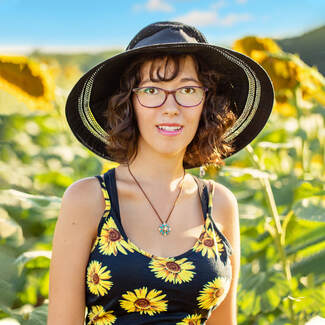 Hi, my name is Lucinda (named after my French great-great grandmother!), and I am 23 years old. I live in warm, sunny North Carolina with my family and my adorable service dog, which is a fantastic improvement from the bitter cold of my previous homes in the northern states. I love it here! I use mechanical ventilation for breathing assistance because of my respiratory insufficiency related to a condition called Nemaline Myopathy, a congenital muscle disorder. In total, I use the ventilator for about 14 hours a day, normally. However, this has not stopped me from pursuing my dream of attending a university nor has it stopped me from doing many of the things I love! I am currently studying Anthropology at the University of North Carolina (UNC), in Charlotte. What the heck is Anthropology, you ask? Anthropology is the study of most everything relating to humans and non-human primates. It is the crossroads of history, literature, natural science, and social science; all favorite topics of mine bundled into one major! The pandemic has allowed me the opportunity to attend my UNC classes from home but I will have to work through the logistics of being on-campus for classes once this pandemic is better controlled. I previously earned a degree in Graphic Design and Communications, since my main interest area when I graduated high school was art and design. My love of drawing is what originally led me to pursue that degree, and I am currently using my graphic design skills to work on projects for non-profit organizations, such as those serving the congenital muscle disease community. I still love sketching and making digital artwork in my free-time. I have many hobbies and interests that keep me busy. For example, I love animals, dogs in particular, and I’m lucky enough to have one as my service animal, named Twix! She is a mobility assistance service dog, so she can help me with things, such as picking items up from the floor, bringing things to me, putting items into the trash or a laundry basket, and opening doors, to name a few. She is extraordinarily intelligent and sweet. Even when she is not performing assistance tasks for me, she simply brings so much joy to my day just by being in my life. Another hobby of mine is reading and collecting books. In fact, I have such a substantial collection of books you might consider me a biblioholic! To date I have read 500+ books! Sadly, I don’t have room to keep them all with me, so I’ve donated and sold a ton of them. My favorite genres are memoir/biography, historical fiction, and sic-fi/fantasy. Craft-making, loom knitting, and crocheting are also activities that I enjoy doing in my free time. I’ve built a working robotic arm, a mechanical puzzle box, and a miniature bookstore complete with countless detailed miniatures, to name a few. I have knitted and crocheted hats, scarves, purses, leg warmers, stuffed animals, and much more with yarn. I especially like to loom knit or crochet while watching a streaming network, like Netflix, Hulu, etc. -- something I can do while using my ventilator when I need to rest my breathing muscles. My favorite summer activity is swimming, and I am fortunate to have an accessible pool in my backyard now that I live in a warmer climate. I use the pool for physical therapy, fun, and for lounging around on a hot day. Sometimes I need to use the ventilator while I’m swimming, so I keep it nearby. I also like to travel and sightsee. Because it’s difficult to travel by airplane, I normally take road trips, and I’ve visited at least 17 of the United States and Canada that way! Due to increasing breathing and mobility concerns, my family recently bought a motorhome for us to travel in to make it safer and more manageable for me. We took the motorhome to Florida for a beach vacation most recently, a beautiful destination. Needing to use mechanical ventilation every day makes life more complicated, is a big adjustment, and forces me to plan and problem-solve for even some of the simpler activities. Nevertheless, I still find ways to do what I love and reach my goals. I think this quote by Stephen Hawking sums up my view nicely, “Concentrate on things your disability doesn’t prevent you doing well, and don’t regret the things it interferes with.”
Welcome to "Living Ventilated," a space to celebrate life as an individual who is living with a neuromuscular disease (NMD) and using assisted/mechanical ventilation (bi-level ventilation non-invasively or via a trach tube). This page will feature adults, youth, and children within the NMD community.
We all know representation matters. How often do you read about a ventilator dependent Mom of two or a college professor who is also a student in the evening, making it all happen with the support of her assisted ventilation? What about an individual who runs a business during the day and mentors others who live with disabilities, using assisted ventilation along the way? We know they aren't alone; there are some AMAZING people in our community. Most of us just don't know they exist, because they aren't being featured in digital media. We can change that in this space! These stories not only tell the world we are regular people too, but they shatter stereotypes. And there are equally important stories about what YOU are doing in your life (attending college, working, creating art work, raising a family, and so much more). You can help let others know they aren't alone and that assisted ventilation does not hold you back; it empowers you! Each individual who allows Breathe with MD, Inc. to publish their story on this page in 2021 will be entered into a drawing at the end of the year to win a $100 Amazon gift card. What would you buy with yours? So, what is your story? Start the process to tell us now at https://breathewithmd.org/storyform.html or send an email to [email protected]. |
AboutLiving Ventilated celebrates those in the NMD community who use assisted ventilation. Archives
August 2024
Categories |
Breathe with MD, Inc. is a U.S. registered 501(c)(3) nonprofit organization. Donations are tax deductible to the extent allowable by law.
Note: This website should not be used as a substitute for medical care. For medical care or advice, please seek the care of a clinician who specializes in the breathing issues of those with Neuromuscular Disease (NMD).
Web Hosting by Hostgator
Note: This website should not be used as a substitute for medical care. For medical care or advice, please seek the care of a clinician who specializes in the breathing issues of those with Neuromuscular Disease (NMD).
Web Hosting by Hostgator
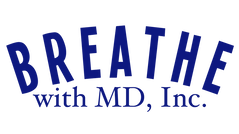
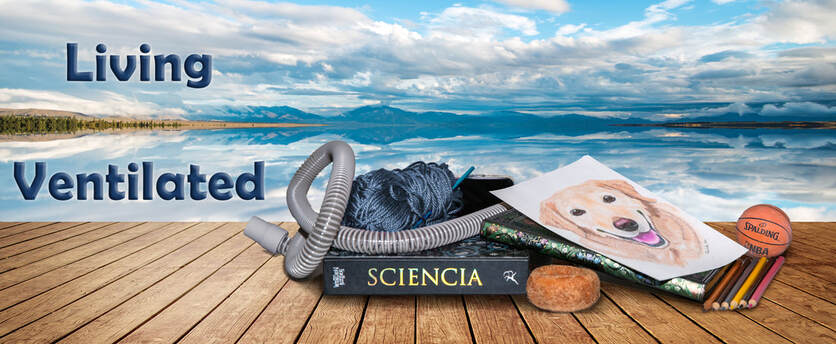
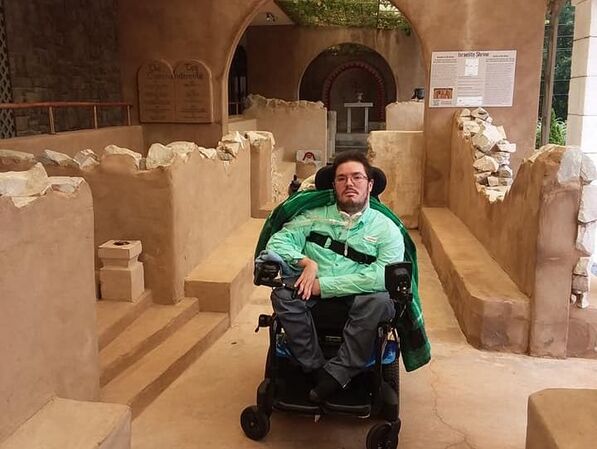
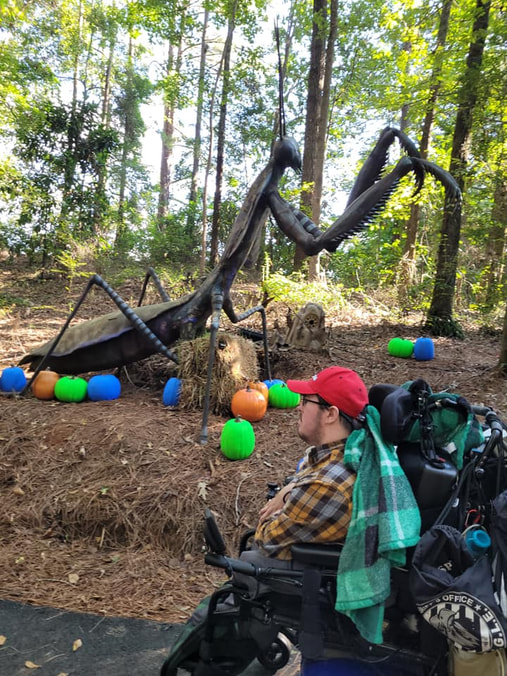
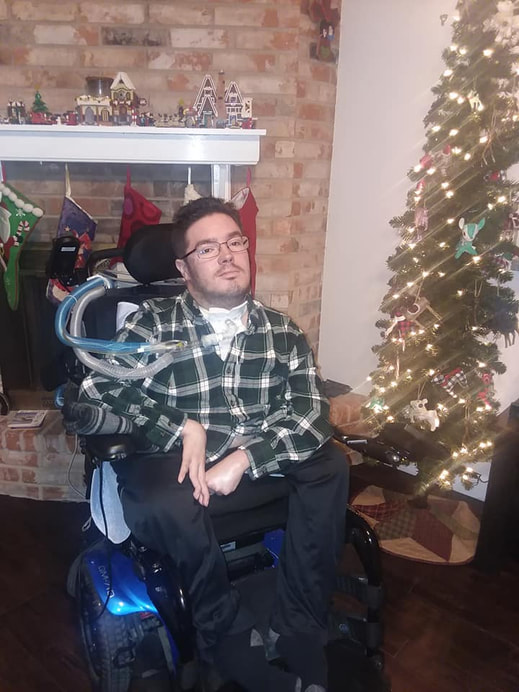
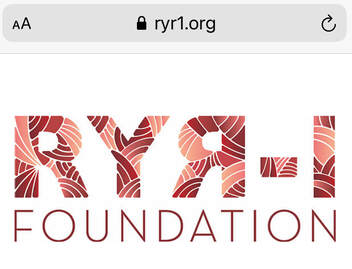
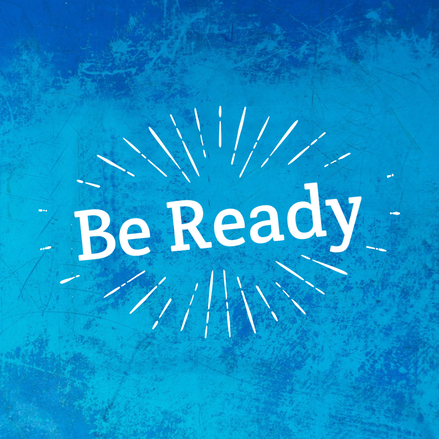
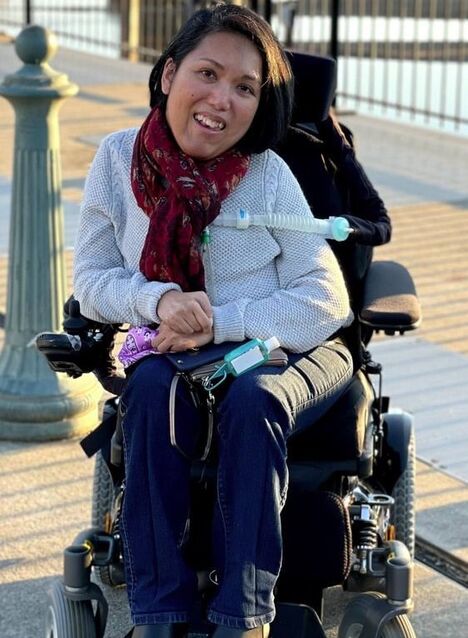
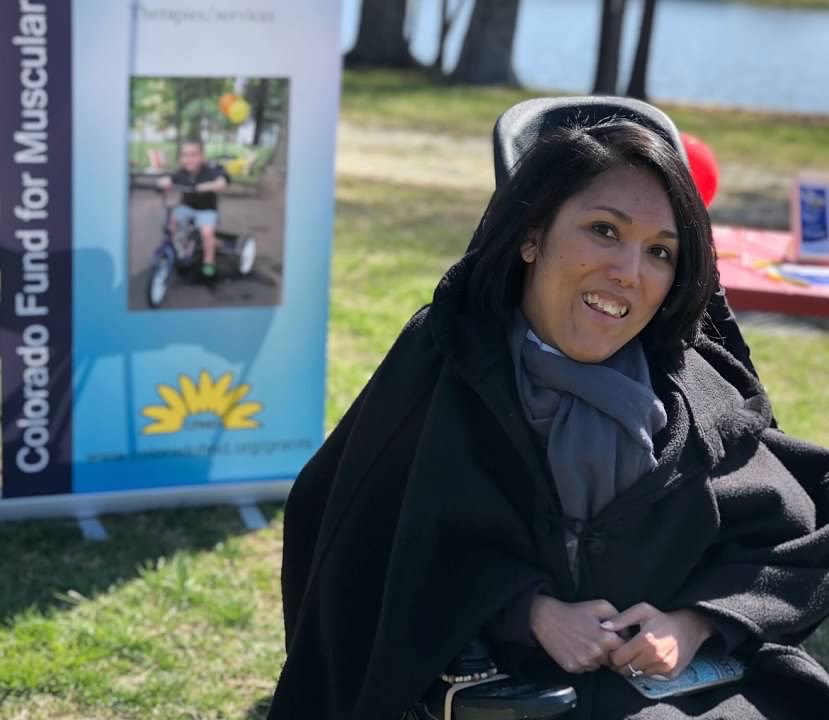
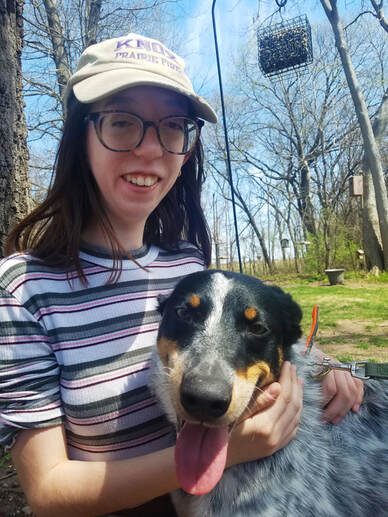
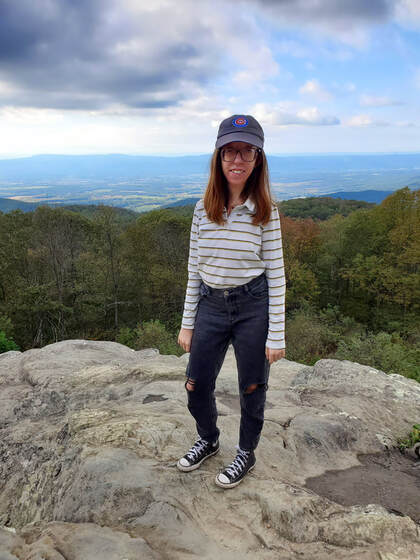
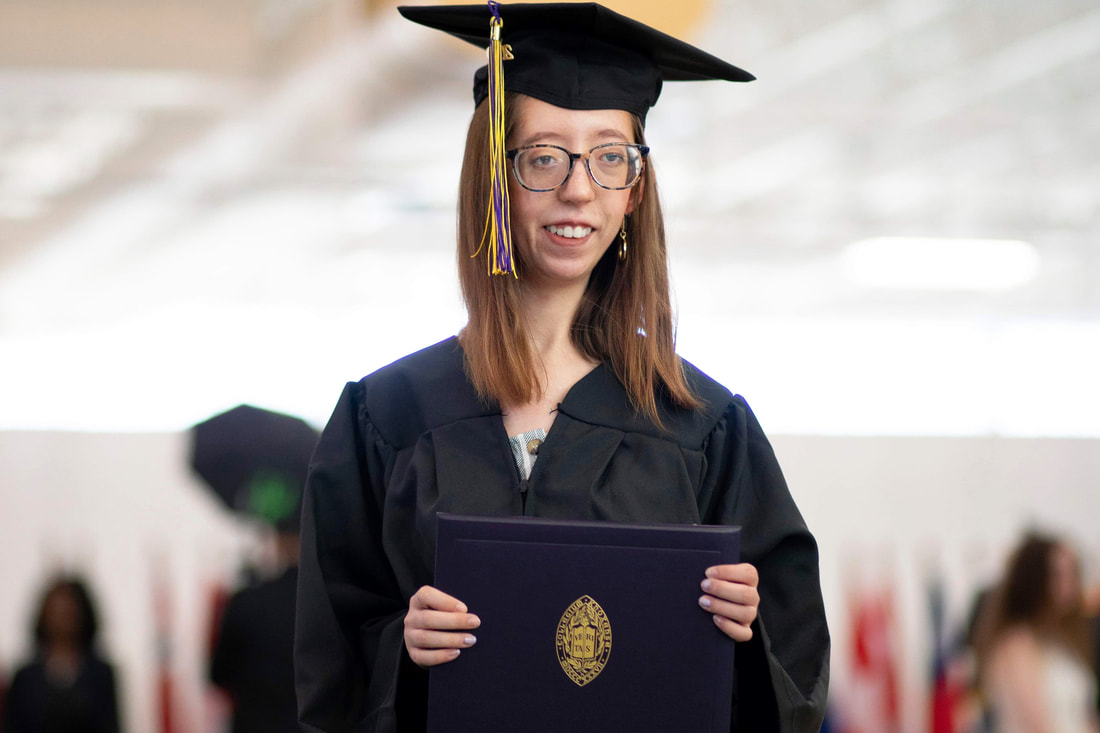
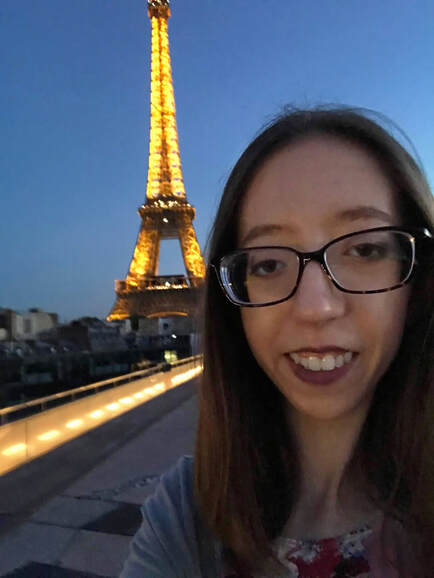
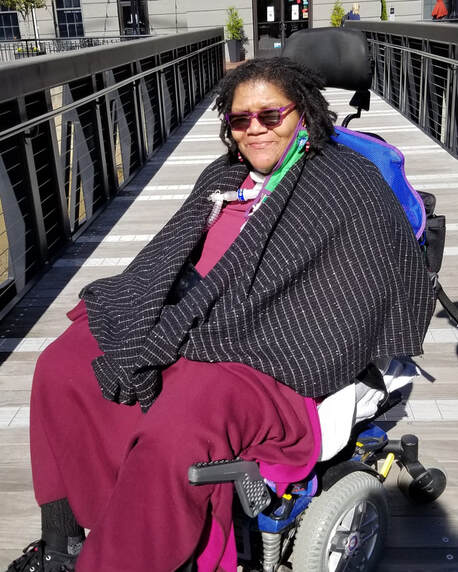
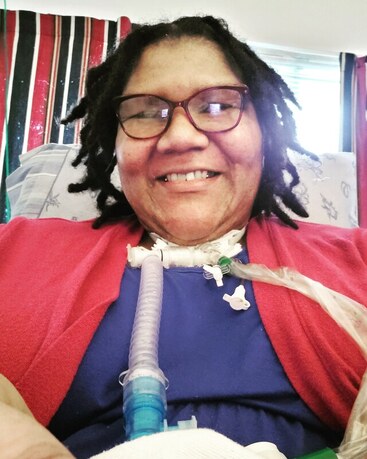
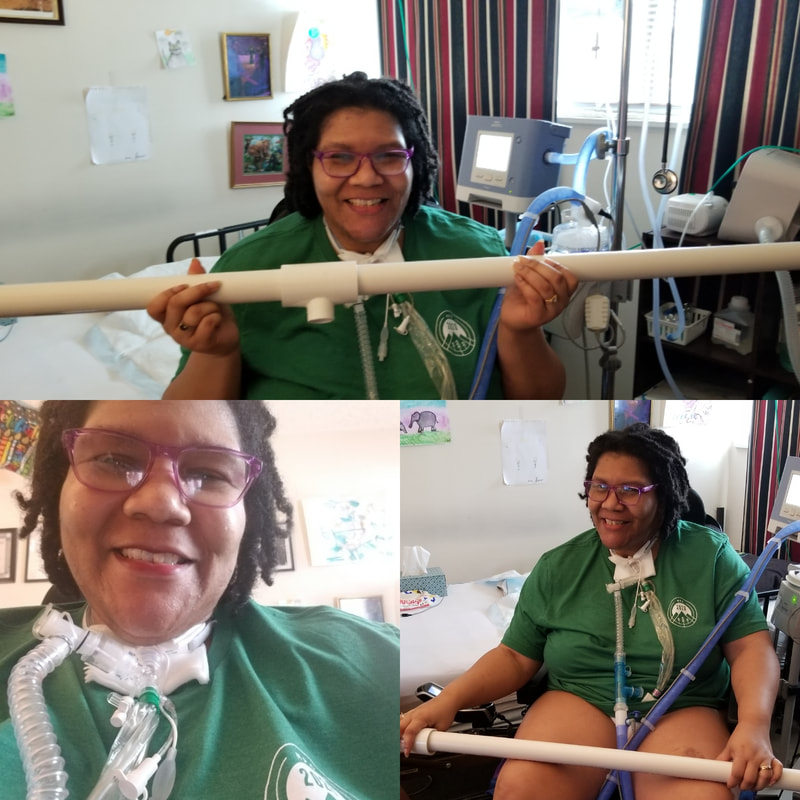
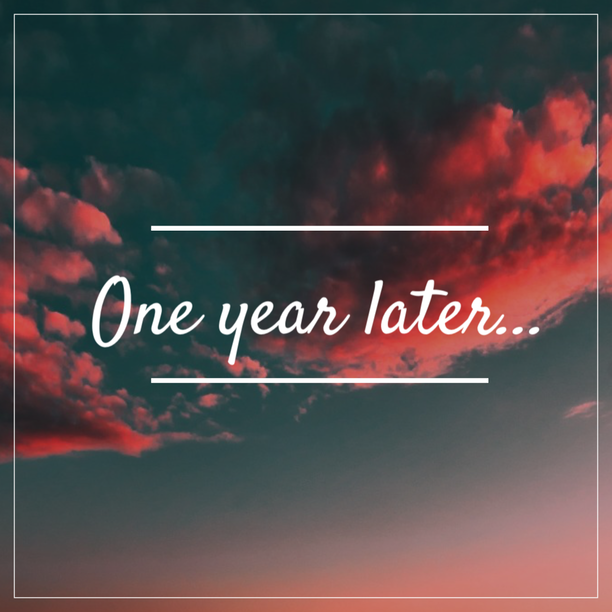
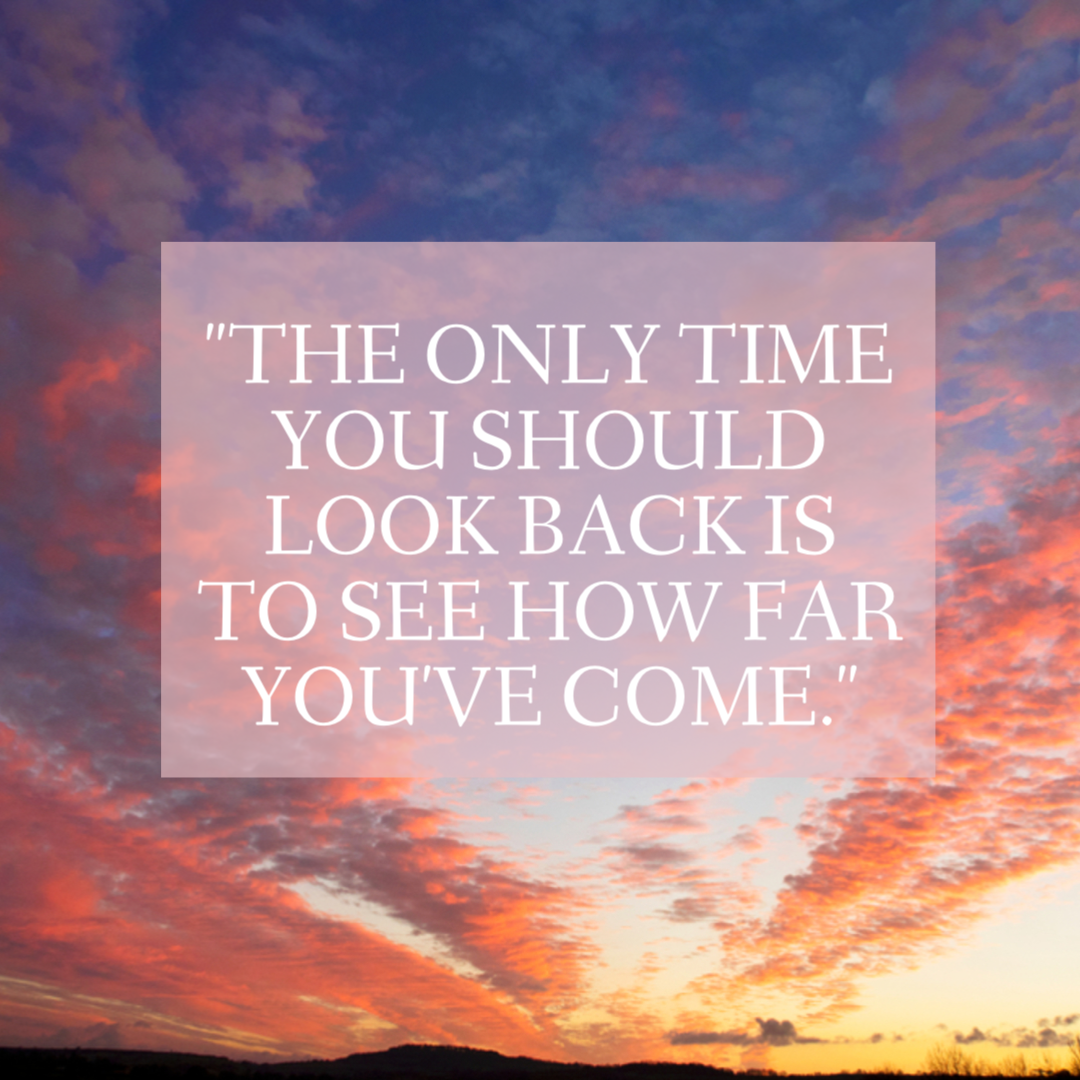
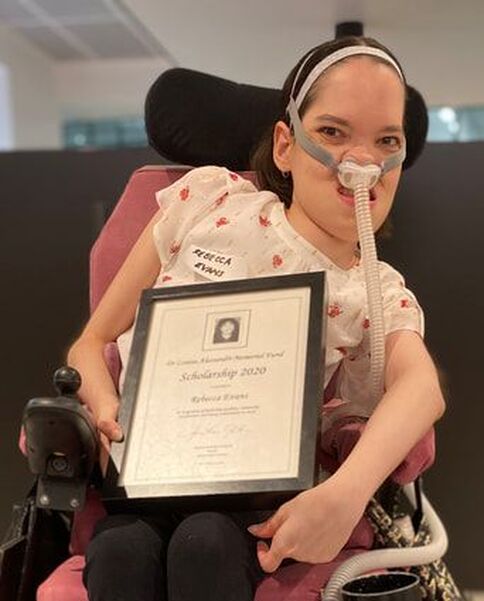
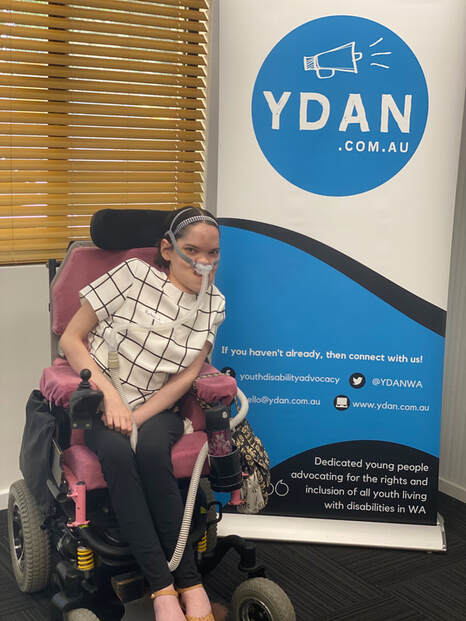
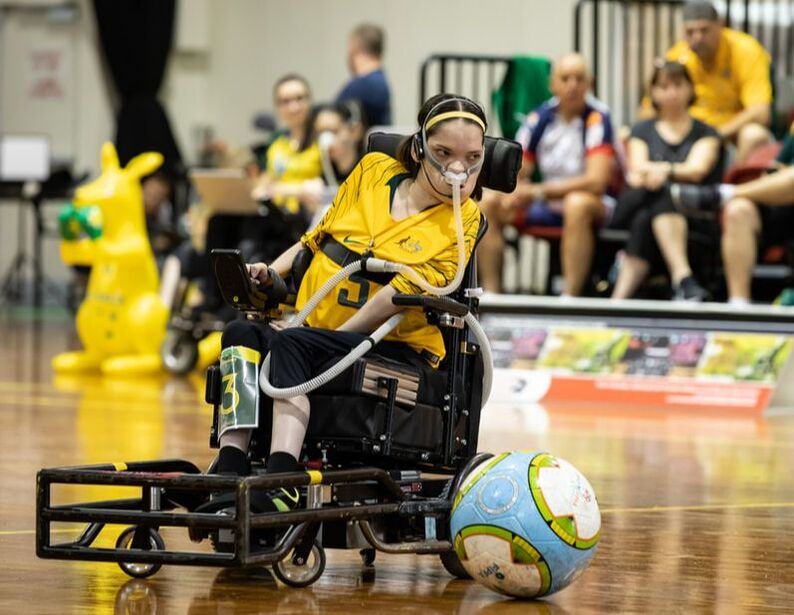
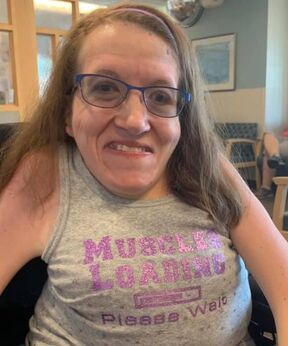
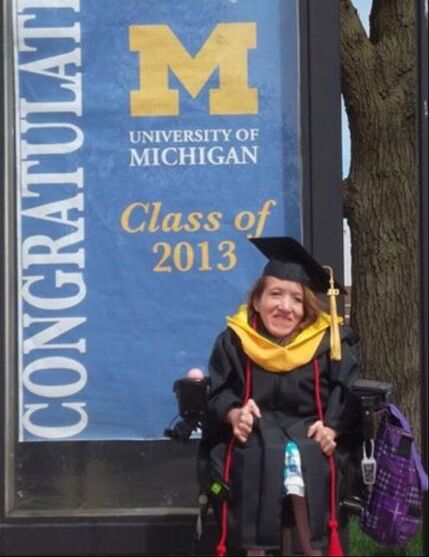
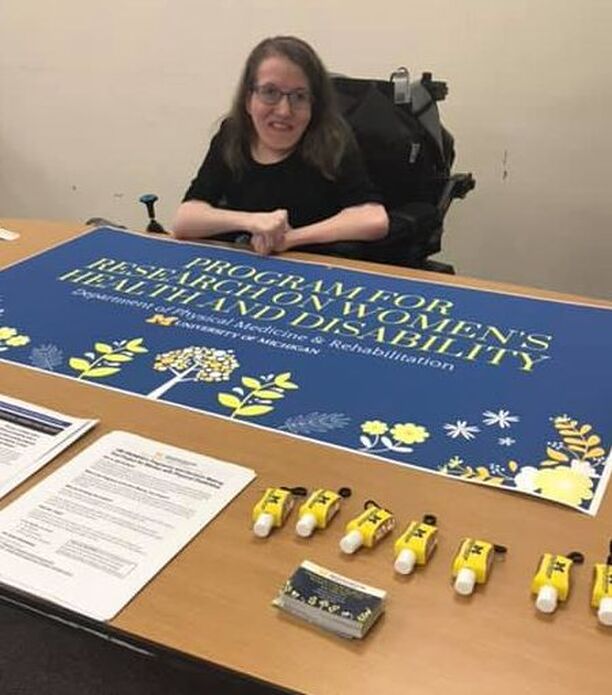
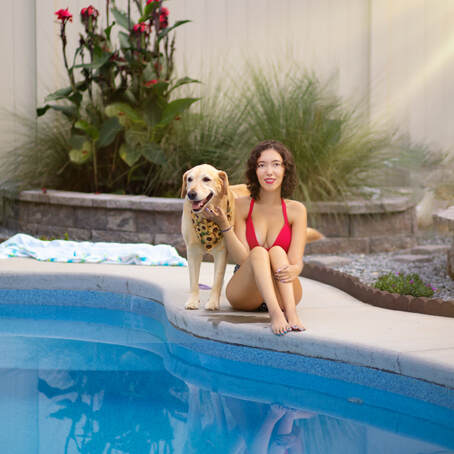
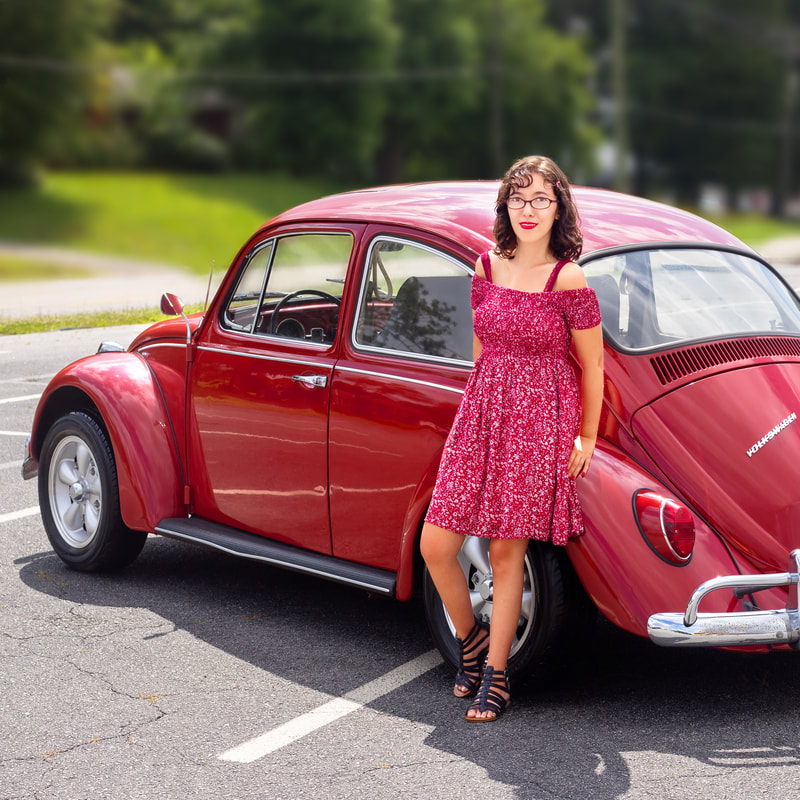
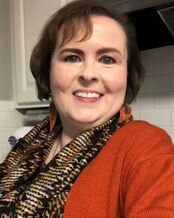
 RSS Feed
RSS Feed